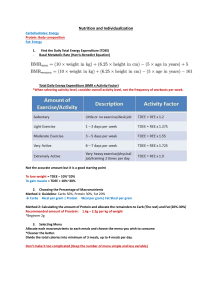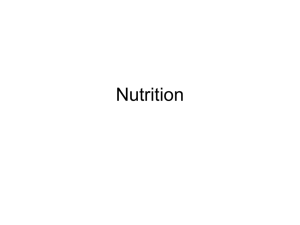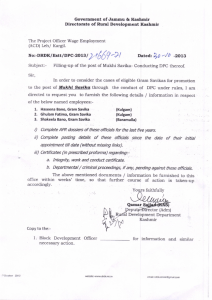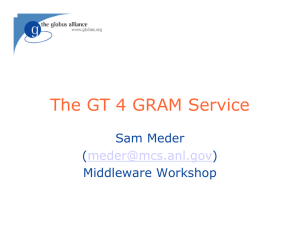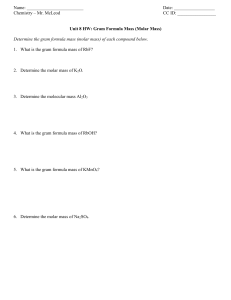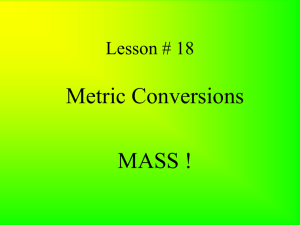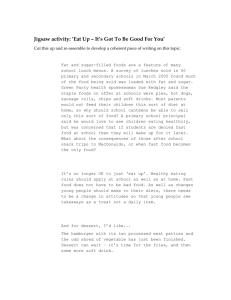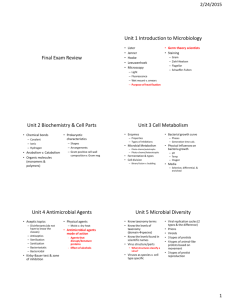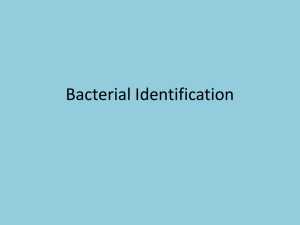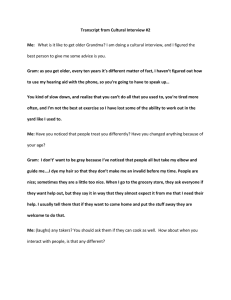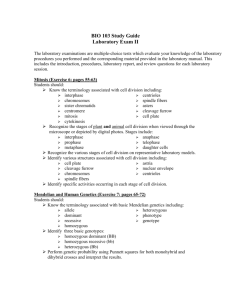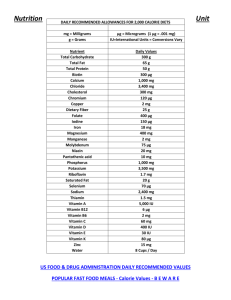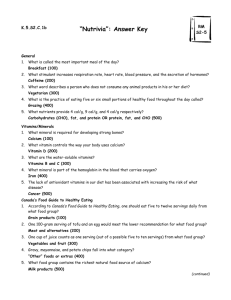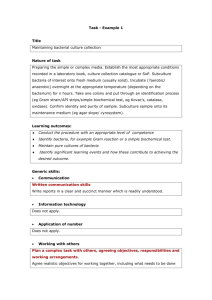Lesson 14 Energy balance and measurement
advertisement
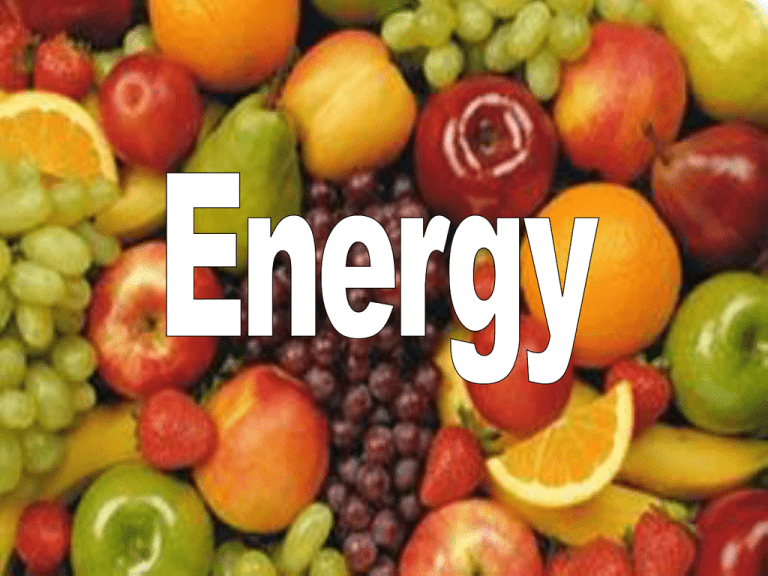
The need for energy Energy is required for:• the basal requirements which keep the body alive. This is known as the Basal Metabolic Rate (BMR) • movement – muscle contraction • Synthesis of enzymes and other cellular materials to allow growth and repair of body tissues. • Pregnancy and lactation. Energy comes from the foods we eat: CHO, fat, protein, and is released in respiration to produce ATP. Energy measurement Carbohydrate: 16 kJ per gram Fat: 37 kJ per gram Protein: 17 kJ per gram Alcohol: 29 kJ per gram To find out how much energy a particular food provides, the food is burnt in a bomb calorimeter. This breaks the chemical bonds holding the atoms together resulting in the release of heat energy which can be measured Used to ensure even distribution of heat to give accurate measurement of temperature changes by thermometer Used to light food in sealed chamber Chamber highly insulated to prevent heat loss Food burned completely in pure oxygen to release all available energy Energy Balance When the energy obtained from food equals the total amount of energy expenditure, the body is in energy balance. Negative energy balance When the diet provides less energy then the body needs, the fat stores are used to make up for this energy deficit and the person loses weight – a negative energy balance. Positive energy balance • This is when the diet provides more energy then the body is using. Excess is stored as fat and the person gains weight. Dietary recommendations for health • A small positive energy balance over a long period of time will lead to being overweight, obese, and so increases CVD, high BP, stroke and type 2 diabetes • There has been a marked increase in obesity levels in the U.K in the last 50yrs, particularly in the last 10-20 yrs.

